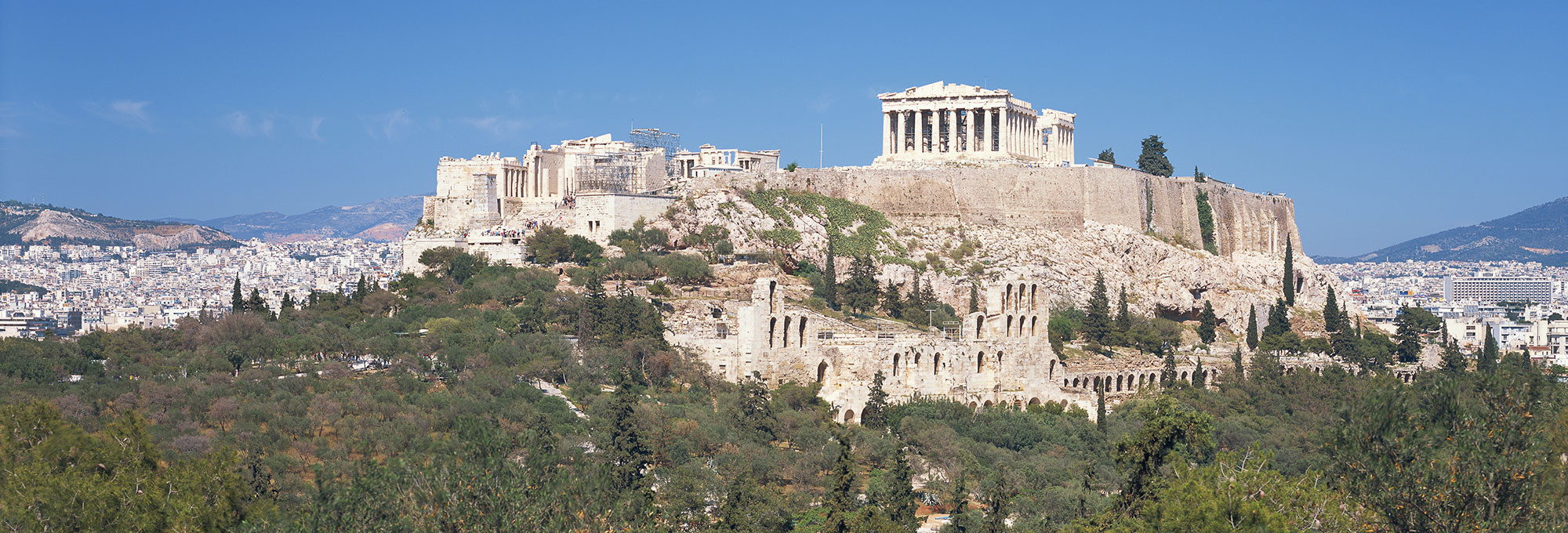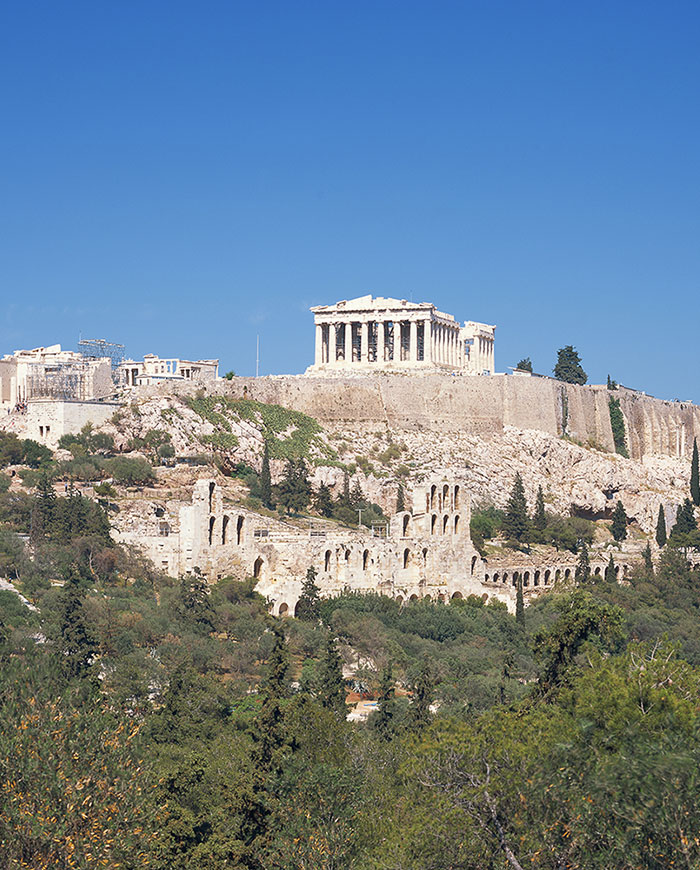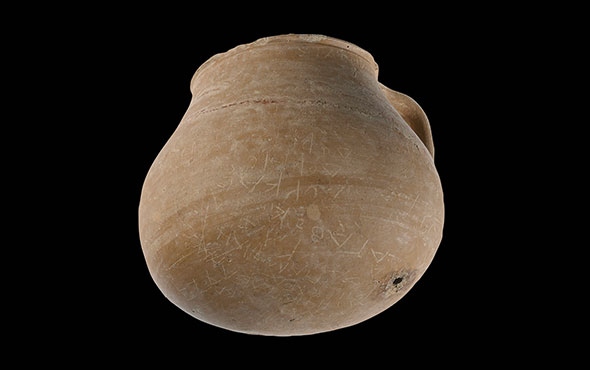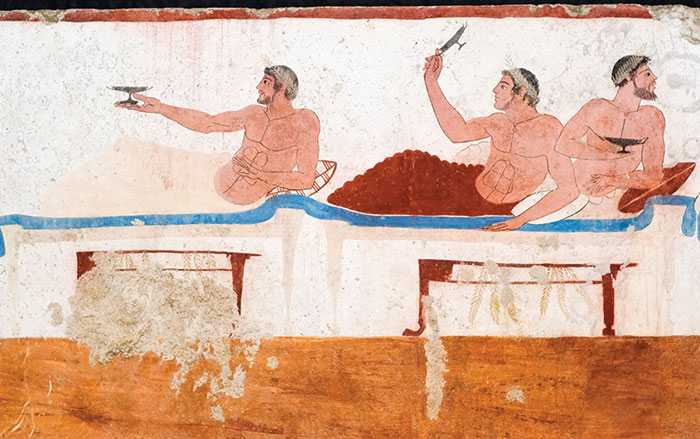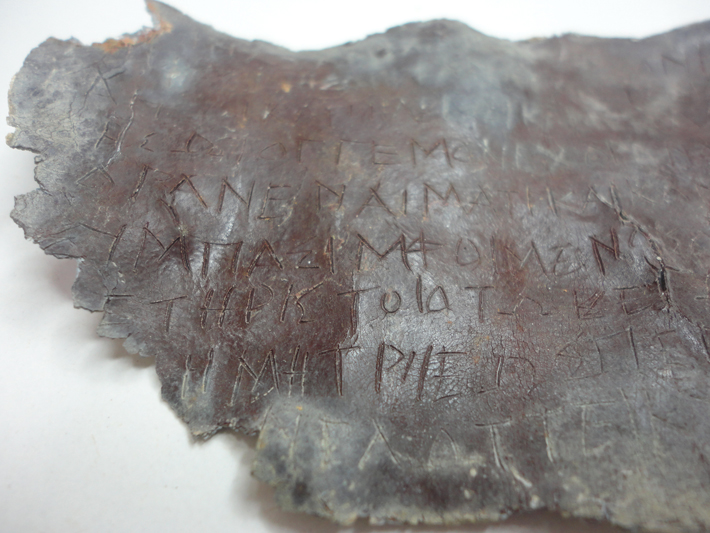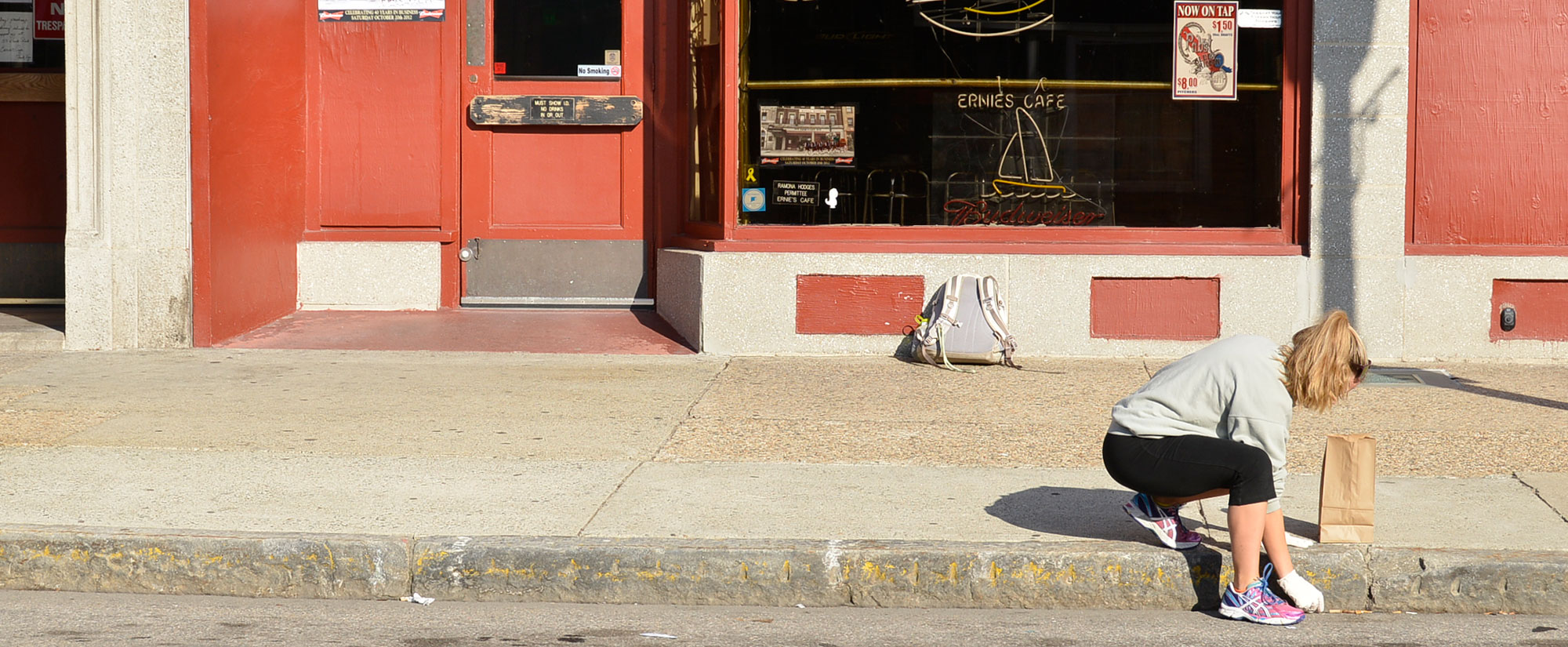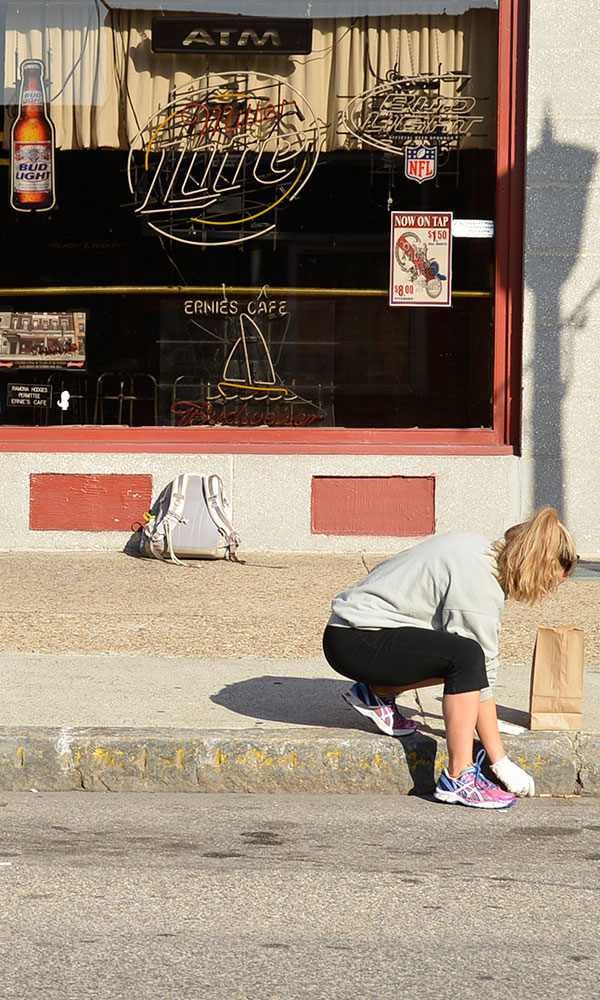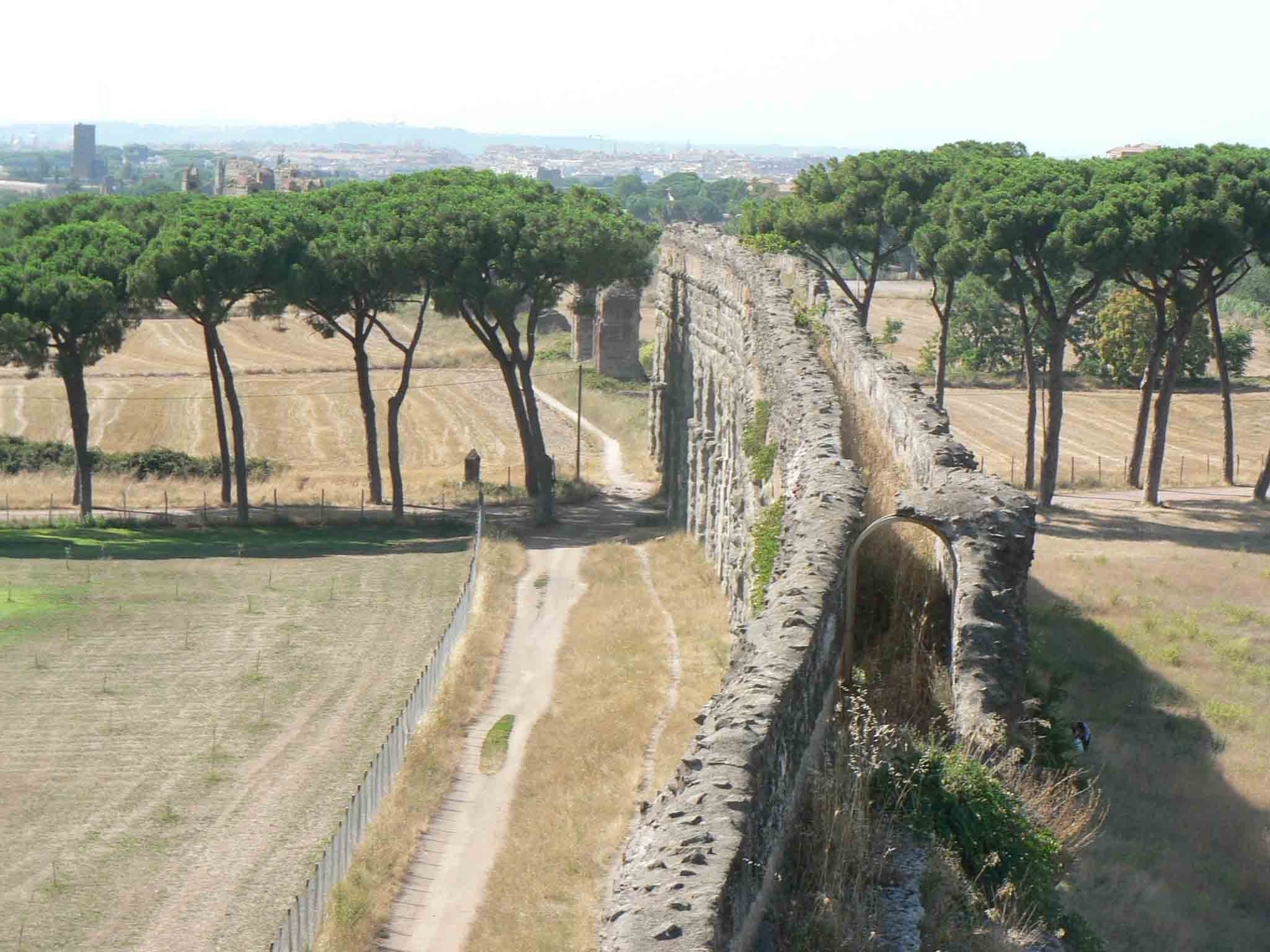It’s much easier to build a new building,” says Vassiliki Eleftheriou, “than to rebuild an ancient one.” Eleftheriou, an architect by training, is director of the Acropolis Restoration Service, where she oversees what could be considered the most daunting project in the history of archaeological conservation.
For thousands of years the monuments of the Athenian Acropolis have been regarded not only as examples of extraordinary skill and beauty, but also as potent symbols of religious devotion and civic and national identity. “Although there were many important sanctuaries and public spaces in Athens and across Attica,” says classical art historian Jeffrey Hurwit of the University of Oregon, “the Acropolis stands as what might be called the central repository of Athenians’ conceptions of themselves. These monuments and sculptures presented images of the gods and goddesses—Athena herself above all—and also of the Athenians and their heroes.” The intention, says Hurwit, was to represent Athens as the greatest of Greek cities and the Athenians as the greatest of Greeks. “To walk through the classical Acropolis was to traverse a marble paean to Athens itself,” he says.
The Acropolis rises nearly 500 feet above the Ilissos Valley, measures about 360 feet north to south and 820 feet east to west, and has a surface area of about seven and a half acres. The site was leveled with artificial fill, in places as much as 55 feet thick, to create a surface upon which to build. Atop it sit the four major standing structures dating to the city’s massive building program of the fifth century B.C., initiated after the destruction of earlier monuments in 480 B.C. by the Persians: the Propylaia, Temple of Athena Nike, Erechtheion, and Parthenon. Over the millennia the deterioration of these monuments as a result of the passage of time, and the damage to them from myriad other causes including wars, improper or overly intrusive excavations, new construction, earthquakes, previous restoration efforts, the vast number of visitors to the site, and, most recently, the ravages of pollution and acid rain, have been almost incalculable. In 1975, the Greek government began a large-scale, multidisciplinary project to address the declining condition of these structures, as well as of a lesser-known building called the Arrephorion, the defensive walls encircling the Acropolis, and the so-called “scattered members,” the thousands of complete, nearly complete, and fragmentary pieces of stone and marble that lie all over the surface of the Acropolis.

What began as a project to rescue the monuments from further decay and instability has evolved into a comprehensive effort not only to restore them, but also to re-create their original appearance insofar as possible. When faced with this exceptional task, the Committee for the Conservation of the Acropolis Monuments followed a governing principle that is applied to all their work. Since the project’s inception, teams working on the Acropolis have employed anastylosis, an intervention technique dating to the beginning of the nineteenth century whereby a structure is rebuilt using original materials. New materials are employed only when necessary, must be easily distinguishable from the old, and must be replaceable should better materials or technologies be found. According to Eleftheriou, this has always been one of the greatest challenges. “It’s important to use as much ancient material as we can, but there is a limit to how much we can actually use,” she says. This is especially true when the team confronts previous efforts at anastylosis. “When we work on sections that have been restored before, it’s difficult not to use new materials because previous restorers often put ancient materials in the wrong places and damaged them. So we try to use compatible materials in a compatible way,” she explains.
The most ubiquitous and catastrophic of these previous efforts were those of the engineer Nikolaos Balanos, who, between 1898 and 1940, supervised an early attempt to restore the Acropolis. Although the techniques he employed, primarily the use of Portland cement mortar, steel reinforcements, and iron clamps, were generally accepted at the time, after only a short while, the materials started to deteriorate and rust, damaging and often cracking the ancient stone.
After four decades of intensive work by hundreds of experts in archaeology, architecture, marble working, masonry, restoration, conservation, and mechanical, chemical, and structural engineering, much has been accomplished. Already the restoration of two of the major buildings, the Erechtheion and the Temple of Athena Nike, has been completed, as has much of the work on the Propylaia and on large sections of the Parthenon. In the process, the team has acquired new information about these emblematic buildings. “The Acropolis restoration project has added immeasurably to our knowledge of the fifth-century B.C. monuments atop the Acropolis. Not only has it recovered, identified, and repositioned many once-scattered blocks,” says Hurwit, “it has also revealed new features, such as evidence for previously unsuspected windows on the east wall of the Parthenon.”
Despite the magnitude of the tasks that remain, Eleftheriou takes both heart and inspiration from the work that she and the team of more than 150 do every day, and also from the ancient artisans who created the Acropolis’ monuments. “What I have learned,” she says, “is that the ancient architects and engineers faced the same challenges we still do.”
-
The Acropolis of Athens November/December 2015
Circuit Walls
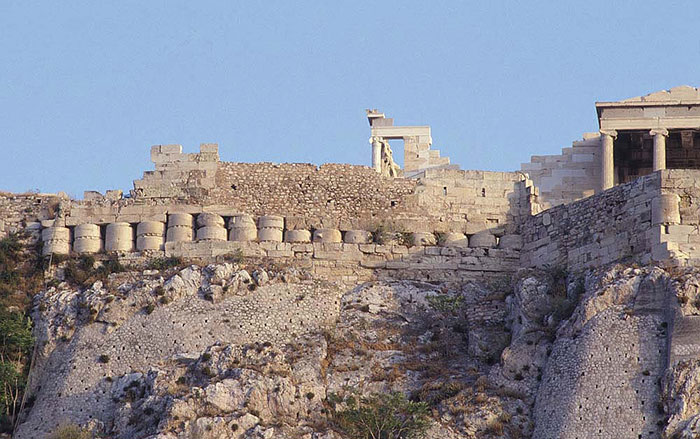 (Courtesy © Acropolis Restoration Service Archive)
(Courtesy © Acropolis Restoration Service Archive) -
The Acropolis of Athens November/December 2015
Propylaia
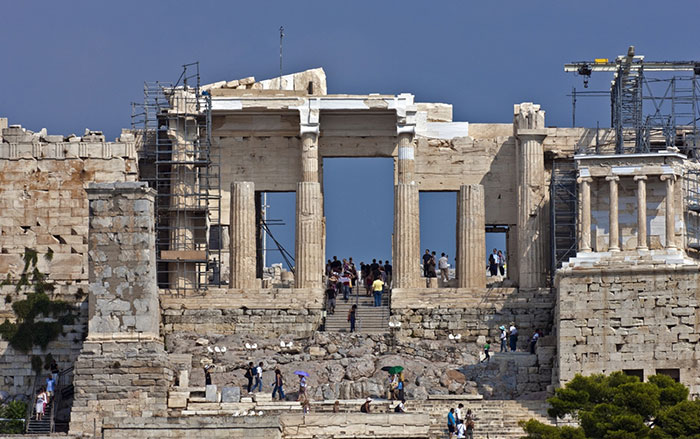 (Courtesy © Acropolis Restoration Service Archive)
(Courtesy © Acropolis Restoration Service Archive) -
The Acropolis of Athens November/December 2015
Temple of Athena Nike
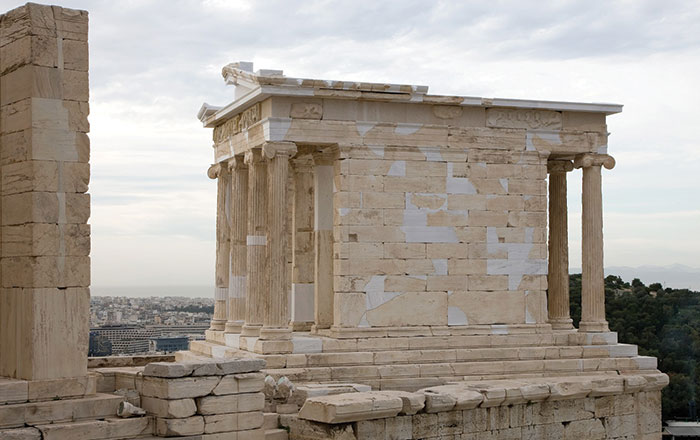 (Courtesy © Acropolis Restoration Service Archive)
(Courtesy © Acropolis Restoration Service Archive) -
The Acropolis of Athens November/December 2015
Erechtheion
 (Courtesy © Acropolis Restoration Service Archive)
(Courtesy © Acropolis Restoration Service Archive) -
The Acropolis of Athens November/December 2015
Arrephorion
 (© The Trustees of the British Museum / Art Resource, NY)
(© The Trustees of the British Museum / Art Resource, NY) -
The Acropolis of Athens November/December 2015
Parthenon
 (Courtesy © Acropolis Restoration Service Archive)
(Courtesy © Acropolis Restoration Service Archive) -
The Acropolis of Athens November/December 2015
Scattered Architecture
 (Adoc-photos / Art Resource, NY)
(Adoc-photos / Art Resource, NY)


